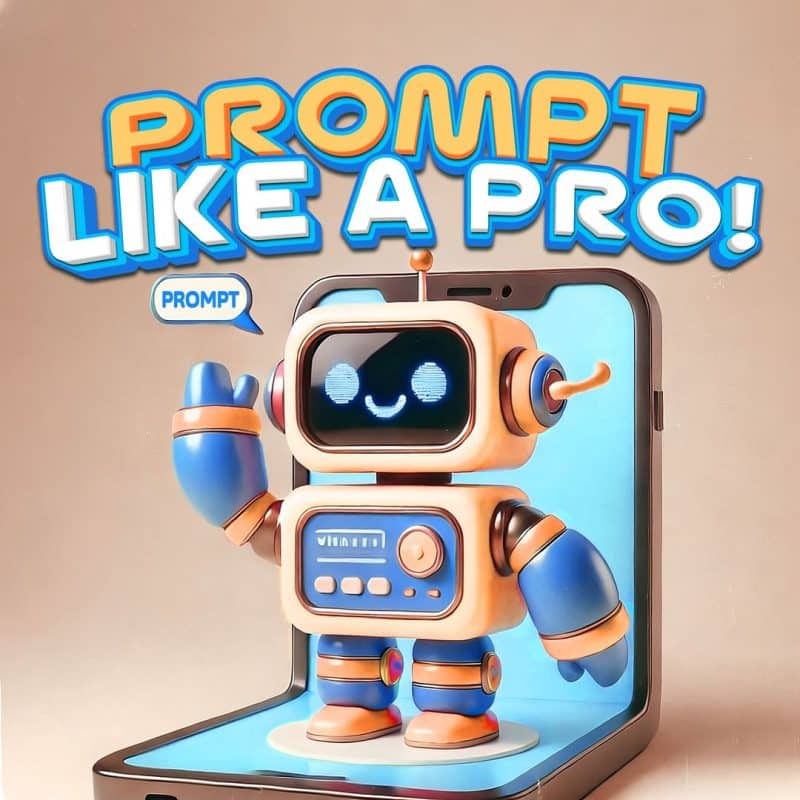If you want to get the best results from your AI interactions, here are some tips for writing the best ChatGPT prompts, MidJourney prompts, and other AI requests:
How to Write Prompts
If you want to get the best results from your AI interactions, here are some tips for writing the best ChatGPT prompts, MidJourney prompts, and other AI requests:
- Be Specific: The more detail you include, the more focused the AI’s response will be. For instance, instead of “Write a novel,” try to be more specific, describing the settings, the theme, the mood, etc.
- Use Simple Language: While AI can understand complex requests, it works best when you keep things clear and concise. Avoid overcomplicating your prompt with too many ideas or details.
- Experiment and Refine: Don’t be afraid to experiment with different phrasings of your prompts. If the AI doesn’t give you what you want on the first try, rephrase your request or add more context.
- Set Parameters: For creative tasks like AI art prompts, adding parameters like style, mood, or color can help guide the AI to produce results closer to your vision.
OR… You Can Prompt Like a Pro!

Skip all of this, save a lot of time and effort crafting the perfect prompt, and simply:
- Pick your collection(s) of specific, professionally crafted prompts
- Choose from the many prompts available on each collection
- Copy and paste the prompt of your choosing into ChatGPT or Midjourney
- Watch how ChatGPT writes a complete story, or Midjourney creates the perfect image in seconds!
Why Are Prompts Important?
Prompts are essential because they are the starting point for every interaction with an AI. A good prompt can make the difference between getting a helpful response and getting something off the mark. Here’s why prompts for AI are so crucial:
- Guiding the AI’s Focus: AI, especially models like ChatGPT, responds to the input it receives. If your prompt is clear and specific, it will focus on generating the type of response you want. For example, instead of asking, “Tell me about space,” try asking, “Explain the concept of black holes in space.” The latter prompt provides more context, and the AI can offer a more focused answer.
- Enabling Creativity: If you’re using AI for creative purposes, such as generating AI art or creative writing, prompts give you control over the direction of that creativity. When it comes to AI art prompts or MidJourney prompts, for instance, how you phrase your request can greatly affect the kind of images or designs the AI generates. A simple “Create a landscape” could result in anything from a desert to a futuristic cityscape, depending on how the AI interprets it.
- Avoiding Ambiguity: Clear prompts help avoid the risk of ambiguity. A vague prompt can result in responses that don’t match your expectations. So, whether you’re asking ChatGPT to summarize a book or giving MidJourney an image description, the more detailed and precise your prompt, the better the outcome.
- Customization and Control: Whether you’re asking for a summary, a creative piece, or a complex analysis, prompts allow you to customize the AI’s response. For instance, asking for a summary of a book with specific details will guide the AI toward generating the right kind of summary. Similarly, MidJourney prompts can specify not only what the image should look like but also the style (e.g., watercolor, cyberpunk, realism).